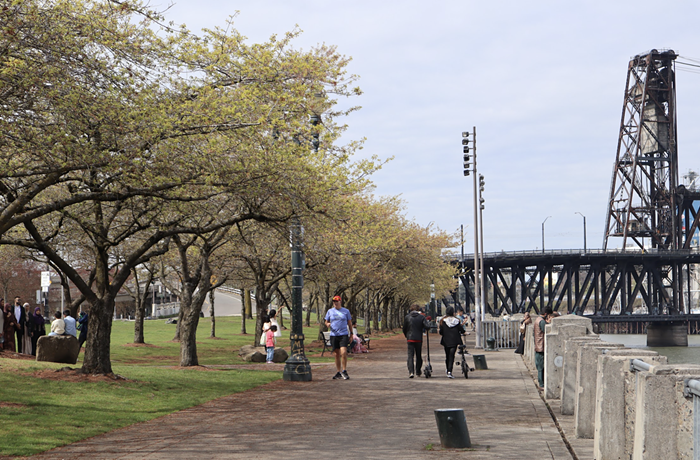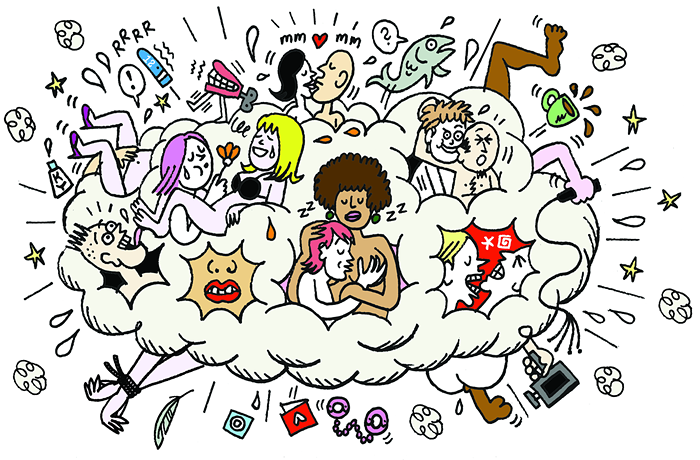Utilitarian architecture, German-influenced typologies, Grumpy Old Men, and a tedious trend in contemporary photography all pop up in Scott Peterman's minimal and reserved photographs of New England ice fishing shacks at Charles Hartman this month. (Some of these allusions surface more obliquely than others; it's just hard for many of us to see a shack on a frozen lake and not immediately hear Walter Matthau mutter "Hi, Dickhead.")
Peterman shoots his shanties with great reserve, photographing them from afar—the length of a city block, on average—so that they appear like tiny mirages or apparitions in the tundra. Where many photographers would nose their way inside the shacks, Peterman hangs back, almost like a nature photographer, cataloging these anonymous huts with his lens, and moving on. This approach makes the pictures less anthropological—we can't see if there are girly pictures on the wall or beer cans piled inside—and instead transports the images to the realm of metaphor.
And indeed, these structures read clearly as elegies to loneliness and isolation, each makeshift shack an island unto itself in an unforgiving expanse of snow and ice. They each have their distinctive features, but ultimately, they're alone when the sun goes down, as existentially distinct as a Giacometti sculpture.
The gallery here does a fine job of pushing this reading with a careful selection of Peterman's work. For the most part, they eschewed his most literal images and focused instead on the instances in which the shacks border on pure abstraction. Several are hardly recognizable as photographs, looking more like Minimalist drawings on huge white sheets of paper.
But aside from a few minor flourishes, mostly here thanks to the gallery's curation, it's hard not to see Peterman's work as one of countless predetermined photo series littering the current scene. In these series, the artists determine their narrow project and subject—the insides of psychiatrists' offices, portraits of mall security guards, still lifes of discarded hospital bouquets, etc.—before ever leaving the house, and then set out mundanely to execute their preconceived goal. This approach to photography, aside from becoming mind-numbingly ubiquitous these days, dramatically nullifies the photographer's opportunity for discovery and improvisation—two of the most indispensable tools in any artist's arsenal.












